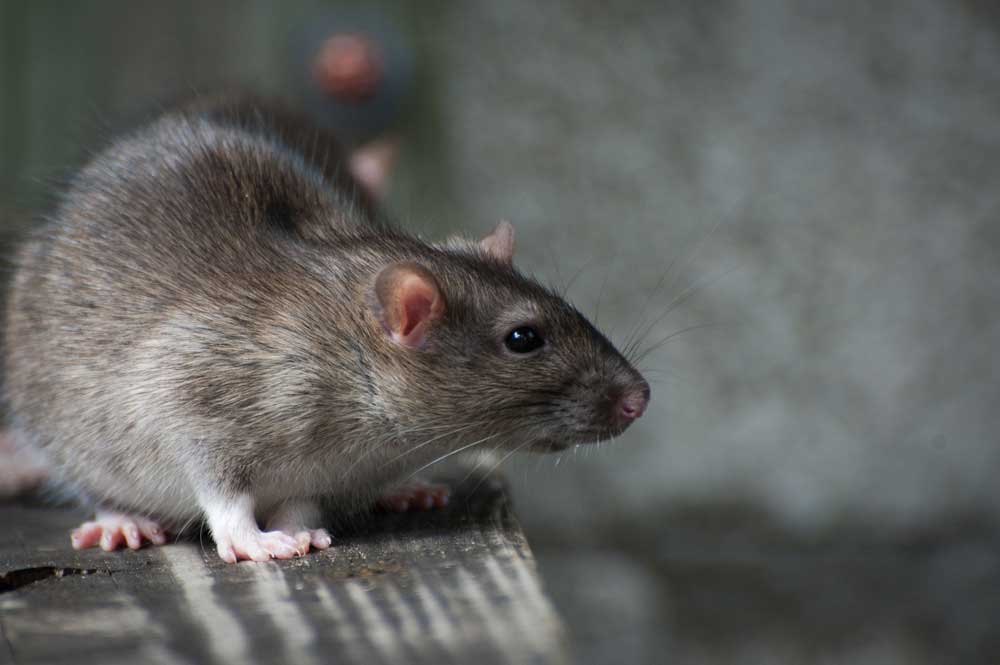Winter in Central Texas may be milder compared to other regions, but it still brings with it its own pest control challenges. As temperatures drop, many pests seek shelter and warmth, often inside homes and other structures. Here are the top five pests Central Texans commonly face during winter, along with some practical tips on how to avoid them.
1. Rodents (Rats and Mice)
As the weather cools, rodents like rats and mice look for warm, sheltered areas with access to food and water. Homes, garages, and attics are perfect nesting spots, and rodents can squeeze through even the smallest of openings to get inside.
Prevention Tips:
- Seal entry points: Inspect your home’s exterior for holes, cracks, or gaps around windows, doors, and utility pipes. Seal them with caulk or steel wool.
- Keep food sealed: Store food in airtight containers and clean up any crumbs or spills immediately.
- Remove outdoor clutter: Firewood stacks, leaf piles, and tall grass provide shelter for rodents. Keep firewood at least 20 feet from the house and clear out yard debris.
2. Cockroaches
Cockroaches are resilient pests that can survive in a variety of environments, including cooler winter months. They thrive in areas with moisture and food, such as kitchens, bathrooms, and basements.
Prevention Tips:
- Maintain cleanliness: Regularly clean floors, countertops, and appliances to remove food debris.
- Fix leaks: Cockroaches are drawn to moisture, so repair any plumbing leaks and ensure good ventilation in damp areas.
- Seal cracks and crevices: Cockroaches can enter through tiny openings, so be diligent about sealing gaps around doors, windows, and plumbing fixtures.
3. Spiders
Spiders tend to move indoors during winter in search of warmth and prey. While most spiders are harmless and even helpful by controlling other insect populations, some, like the black widow and brown recluse, can be dangerous.
Prevention Tips:
- Declutter your home: Spiders love hiding in cluttered areas, so keep storage spaces tidy and use plastic bins instead of cardboard boxes.
- Remove webs: Regularly sweep away webs in corners, under furniture, and in storage areas to discourage spiders from settling in.
- Reduce outdoor lighting: Outdoor lights attract insects, which in turn attract spiders. Opt for yellow or sodium vapor lights to minimize their presence.
4. Silverfish
Silverfish are moisture-loving pests that are often found in bathrooms, kitchens, and basements. While they don’t pose health risks, they can damage paper, clothing, and starchy foods.
Prevention Tips:
- Control humidity: Use dehumidifiers or fans to reduce humidity levels in damp areas of the home.
- Seal cracks: Silverfish can slip through small openings, so seal any cracks or gaps around windows, doors, and baseboards.
- Keep storage dry: Store items like paper, books, and clothing in dry, airtight containers, especially in attics or basements.
5. Termites
While termites are typically thought of as a warm-weather problem, they remain active throughout the year, especially in warmer climates like Central Texas. Subterranean termites can cause significant structural damage to homes.
Prevention Tips:
- Eliminate wood-to-soil contact: Keep firewood, lumber, and other wood materials off the ground and away from your home.
- Reduce moisture: Termites are attracted to moisture, so fix leaks, improve drainage, and ensure proper ventilation in crawl spaces.
- Get regular inspections: Consider hiring a pest control professional for annual termite inspections, especially if you live in a high-risk area.
Conclusion
Winter may not bring swarms of insects, but Central Texas homeowners still face a variety of pest challenges during the cooler months. By following these prevention tips, you can protect your home and keep these common winter pests at bay. Regular maintenance, cleanliness, and pest-proofing measures will go a long way in ensuring your home remains pest-free all season long.
Need help with pest control? Contact your local pest control expert for tailored solutions to keep your home safe and pest-free year-round.




